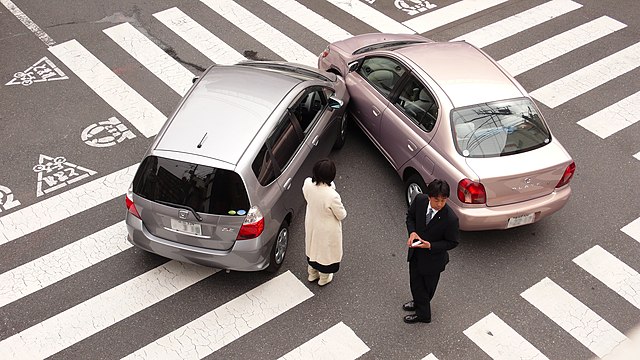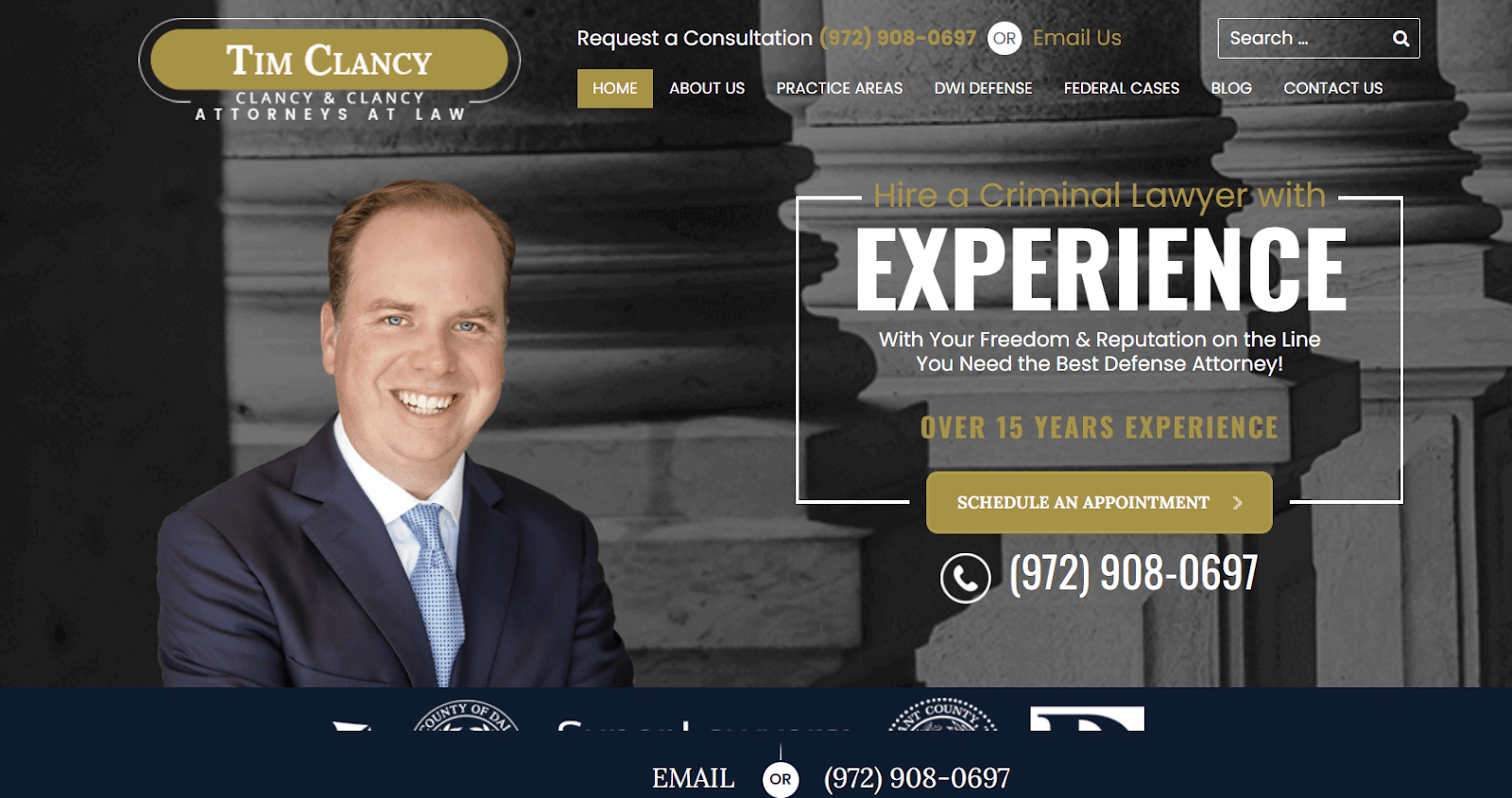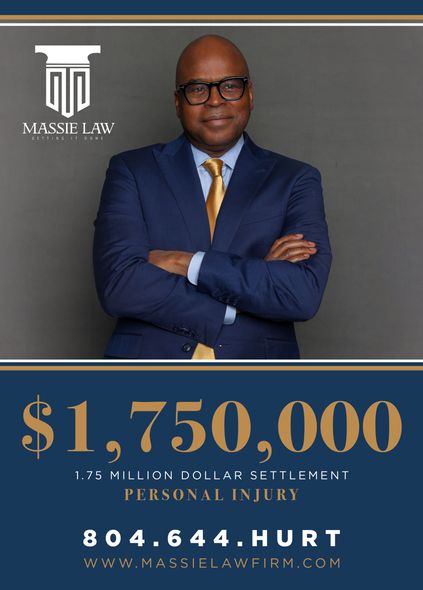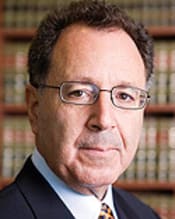Introduction
When a car accident happens, assigning blame can be like trying to navigate a labyrinth without a map, especially when there are no witnesses and the parties involved present conflicting accounts—it’s a classic case of “word against word.” Without impartial observers or concrete evidence, it’s like two ships passing in the night, each with their own version of events. In such situations, determining fault can be an arduous and frustrating endeavor.
Who’s Telling the Truth?
In the absence of witnesses, the onus of proving fault falls heavily on the shoulders of the drivers involved. However, when their stories clash, it’s like trying to piece together a puzzle with missing pieces. Each driver becomes a self-proclaimed beacon of truth, painting themselves as the innocent victim and casting the other party as the villain. They may embellish their accounts, omit crucial details, or even outright lie. It’s a psychological chess game, where the goal is to convince the authorities or insurance companies that your version of events is the gospel truth.
The Perils of He Said, She Said
When it’s solely “he said, she said,” establishing fault becomes a perilous task. It’s like trying to untangle a Gordian knot—the more you pull at one end, the tighter the other becomes. Without corroborating evidence, it’s difficult to determine who is being truthful and who is employing the art of deception. Both parties may present seemingly credible accounts, but the truth may lie somewhere in the murky middle ground between their conflicting narratives.
The Burden of Proof
In a court of law, the burden of proof rests on the party asserting a claim. In the context of car accidents, this means that the driver alleging fault must provide evidence to support their claims. However, in the absence of witnesses, this burden can be incredibly difficult to discharge. It’s like trying to hit a moving target blindfolded—the lack of impartial observers makes it challenging to substantiate one’s version of events.
Seeking External Evidence
When witness accounts are absent and the drivers’ stories collide, investigators often turn to external evidence to shed light on the truth. This may include examining the vehicles involved for damage patterns, consulting with accident reconstruction experts, or reviewing traffic camera footage. These pieces of evidence can provide valuable insights into the sequence of events, helping to corroborate or contradict the drivers’ claims. However, even this external evidence may not always be conclusive, leaving the question of fault shrouded in uncertainty.
Word Against Word in Car Accidents: A Battle of Credibility
In the aftermath of a car accident, when the dust settles and the adrenaline subsides, often, the only thing left is a messy tangle of conflicting narratives—a “word against word” situation. Proving who’s at fault becomes an uphill battle, as each driver’s account contradicts the other. In such scenarios, the key to uncovering the truth lies in establishing the credibility of each party’s story.
Establishing Credibility
The credibility of a driver’s account hinges on several factors. First and foremost, their demeanor can offer valuable clues. A calm, composed demeanor suggests honesty and reliability, while a hostile or evasive attitude may raise red flags. Consistency is another crucial factor. Drivers who provide consistent accounts across multiple statements, both immediately after the accident and later on, bolster their credibility.
Assessing Demeanor and Consistency
Demeanor and consistency go hand in hand. A driver who appears genuinely shaken after the accident, yet calm and collected when recounting the events later on, may be perceived as more credible than someone who seems overly emotional or inconsistent in their statements. Moreover, drivers who are willing to acknowledge their own potential role in the accident, if any, also tend to come across as more trustworthy.
Prior driving history can also play a role in assessing credibility. Drivers with a clean record, free of traffic violations or accidents, are more likely to be viewed as responsible and law-abiding. Conversely, drivers with a history of traffic offenses may face increased skepticism about their account.
It’s important to note that assessing credibility is not an exact science. There is no one-size-fits-all approach, and subjective judgments will always come into play. However, by carefully considering these factors, investigators and attorneys can gain valuable insights into the trustworthiness of each driver’s version of events.
Word Against Word in Car Accident: Unraveling the Truth
When two drivers are involved in a car accident and each has a different version of events, determining who is at fault can be a daunting task. In such a "word against word" scenario, it becomes crucial to seek additional evidence that can corroborate one driver’s account over the other.
Seeking Independent Evidence
Independent evidence can play a pivotal role in resolving a word against word claim. Dashcam footage, a ubiquitous feature in modern vehicles, can provide irrefutable visual proof of the accident. Traffic camera recordings, if available, can also offer valuable insights into the sequence of events leading to the collision. In addition, eyewitness accounts from bystanders who witnessed the incident can corroborate the testimony of one driver.
Evaluating Eyewitness Accounts
Eyewitness accounts can be a double-edged sword. While they can provide valuable corroboration, they can also be unreliable due to factors such as limited visibility, fleeting attention, or biased perception. To assess the credibility of an eyewitness account, consider the following:
- Proximity to the accident: Were they close enough to have a clear view of the incident?
- Line of sight: Was their view obstructed by other vehicles or objects?
- Duration of observation: How long before and after the accident did they observe it?
- Consistency with physical evidence: Does their account align with other evidence, such as skid marks or vehicle damage?
Independent Expert Testimony
In some cases, independent expert testimony may be necessary to resolve a word against word car accident claim. Accident reconstruction experts can analyze the physical evidence and provide an objective assessment of fault. Additionally, medical experts can evaluate the injuries sustained by the drivers and determine the severity of the impact.
Insurance Company Investigation
Insurance companies play a crucial role in investigating word against word car accident claims. They will gather evidence, interview the drivers involved, and determine fault based on the preponderance of the evidence. It is important to cooperate with the insurance company and provide them with all relevant information to ensure a fair assessment of your claim.
Word Against Word in Car Accidents
In the aftermath of a car accident, determining fault can be challenging, especially when there are no independent witnesses or clear evidence. In such cases, the legal process often devolves into a “word against word” scenario, where each driver’s testimony becomes the primary source of information.
Understanding Legal Implications
In the absence of independent evidence, the burden of proof may shift depending on the legal system and jurisdiction involved. In some jurisdictions, the plaintiff (the person filing the lawsuit) bears the burden of proving negligence on the part of the defendant (the person being sued). In other jurisdictions, the defendant may have a duty to prove that they were not negligent.
Witness Corroboration
Even in word-against-word situations, seeking corroborating evidence can be crucial. This may involve obtaining statements from passengers or bystanders who witnessed the accident. Physical evidence, such as skid marks or damage to the vehicles, can also help support one driver’s account over the other.
Credibility and Bias
When assessing the credibility of each driver’s testimony, courts consider factors such as their demeanor on the stand, consistency of their statements, and any potential biases they may have. A driver who appears evasive, contradicts themselves, or has a clear motive to lie may undermine their credibility.
Burden of Proof
The burden of proof in car accident cases can vary depending on the jurisdiction and the specific legal system. In some cases, the plaintiff must prove that the other driver was negligent, while in other cases, the defendant may bear the burden of proving they were not at fault. Understanding the burden of proof can help drivers assess their legal options.
Insurance Considerations
In addition to the legal implications, word-against-word car accidents can also impact insurance coverage. Insurance companies may investigate the accident and assess the credibility of each driver’s account. The outcome of this investigation can affect the amount of coverage available to each driver.
Seeking Legal Counsel
If you have been involved in a word-against-word car accident, it is essential to seek legal counsel. An experienced attorney can guide you through the legal process, help you gather evidence, and protect your rights. Navigating the legal complexities of a word-against-word car accident can be challenging, but with the right legal support, you can work towards a fair and just outcome.
Word Against Word in a Car Accident
In situations where both parties involved in a car accident provide conflicting accounts of the incident, determining fault and liability can become an arduous task. This scenario is often referred to as a "word against word" situation, where there are no impartial witnesses or clear evidence to corroborate either side’s claims. Such situations pose significant challenges in resolving insurance disputes and determining who is ultimately responsible for the damages incurred.
Establishing Liability
In the absence of concrete evidence, establishing liability in a word-against-word car accident can be a complex and often contentious process. Insurance companies will typically conduct thorough investigations, reviewing police reports, damage assessments, and medical records. They may also consult with accident reconstruction experts to piece together the sequence of events. However, in many cases, the conflicting narratives provided by the drivers involved leave room for interpretation and uncertainty.
Weighing Credibility
In word-against-word scenarios, insurance companies and courts often rely on the credibility of the parties involved. This may include considering factors such as their driving records, demeanor, and consistency in their statements. However, assessing credibility can be subjective, and there is no guarantee that the party who appears more trustworthy is necessarily telling the truth.
Negotiating Resolutions
In some cases, it may be possible to negotiate a settlement between the insurance companies involved, even when liability cannot be fully established. This process often involves weighing the potential risks and costs of litigation against the potential benefits of reaching an agreement. It is important to have legal representation when negotiating a settlement to ensure that your interests are protected.
Filing a Lawsuit
If negotiations fail to produce a satisfactory resolution, the next step may be to file a lawsuit. In a word-against-word case, the plaintiff (the person making the claim) will need to present a preponderance of evidence to support their version of events. This may include witness testimony, photographs, and other corroborating evidence. The defendant (the person being sued) will have the opportunity to present their own evidence and challenge the plaintiff’s claims.
Seeking an Independent Opinion
In certain situations, it may be beneficial to seek an independent opinion from an accident reconstructionist or another expert. These experts can provide an unbiased analysis of the incident, taking into account the physical evidence and the statements of the parties involved. Their findings can help inform the decision-making process and provide valuable insights into the dynamics of the accident.
Word Against Word in Car Accidents
A “word against word” car accident is a frustrating situation where there are no witnesses or clear evidence to determine fault. Instead, it boils down to the conflicting accounts of the drivers involved. Navigating this scenario can be tricky, but understanding your options and taking the right steps can help you protect your interests.
Objectivity and Credibility
In the absence of hard evidence, it’s crucial to approach the situation objectively. Avoid getting caught up in emotions or assigning blame prematurely. Instead, focus on establishing the facts and assessing the credibility of each driver’s account. Consider their demeanor, body language, and any inconsistencies in their statements.
Seeking Independent Evidence
Independent evidence can be invaluable in supporting your claim. Collect any available documentation, such as police reports, medical records, or photos of the accident scene. If possible, obtain statements from witnesses who may have seen the accident, even if they didn’t stop to get involved.
Legal Implications
Understanding the legal implications of a “word against word” car accident is crucial. In most cases, the burden of proof lies with the driver who is claiming damages. This means you must provide evidence to support your version of events. Failure to do so may result in an unfavorable outcome.
Exploring Potential Resolutions
In some cases, it may be possible to resolve a “word against word” car accident without going through the legal process. Consider mediation or arbitration, which are alternative dispute resolution methods that can help you reach a mutually acceptable settlement without the need for a costly trial.
Insurance and Fault Determination
Insurance companies play a significant role in determining fault in car accidents. They will investigate the circumstances of the crash and review any evidence presented by the drivers involved. Your insurance company may assign fault based on factors such as the drivers’ histories, the damage to their vehicles, and the credibility of their statements. This determination can have a major impact on your insurance rates and your ability to recover damages.
Conclusion
Navigating a “word against word” car accident can be challenging, but by approaching the situation objectively, assessing credibility, seeking independent evidence, understanding legal implications, and exploring potential resolutions, you can increase your chances of a favorable outcome.





Leave a Reply